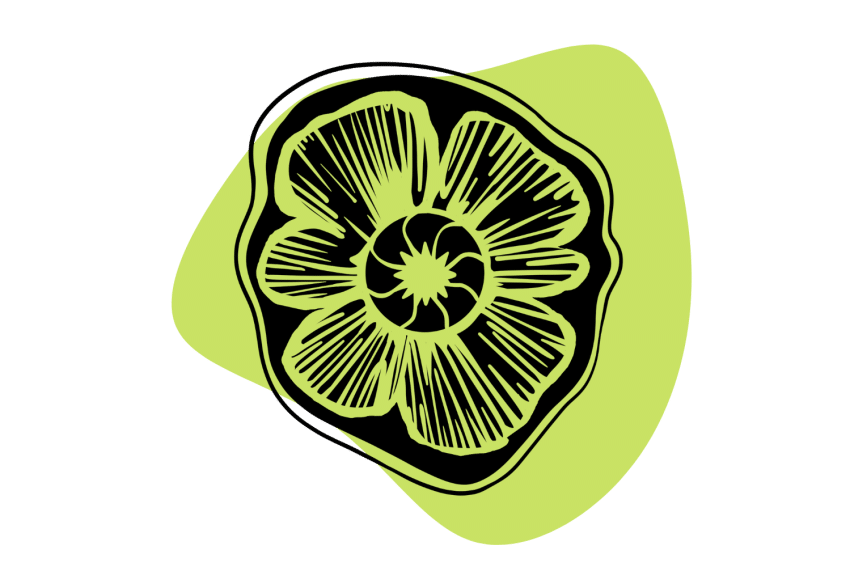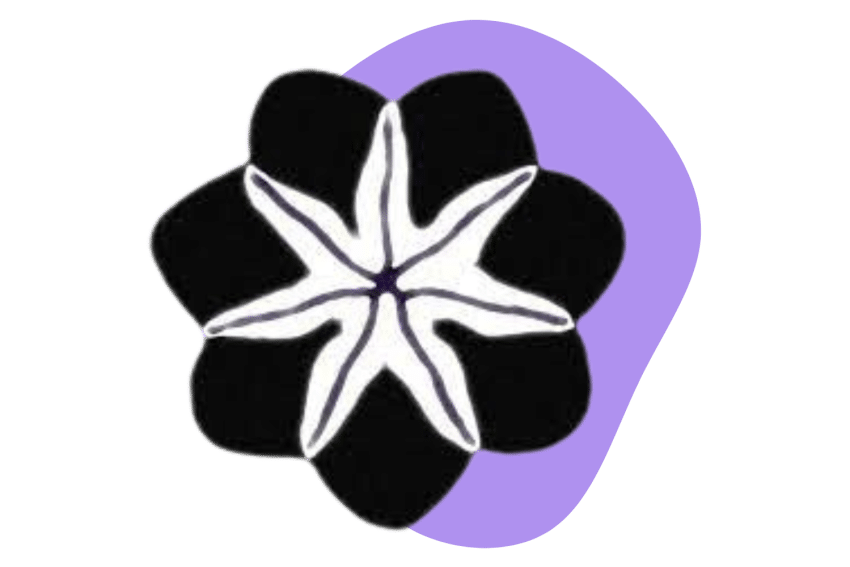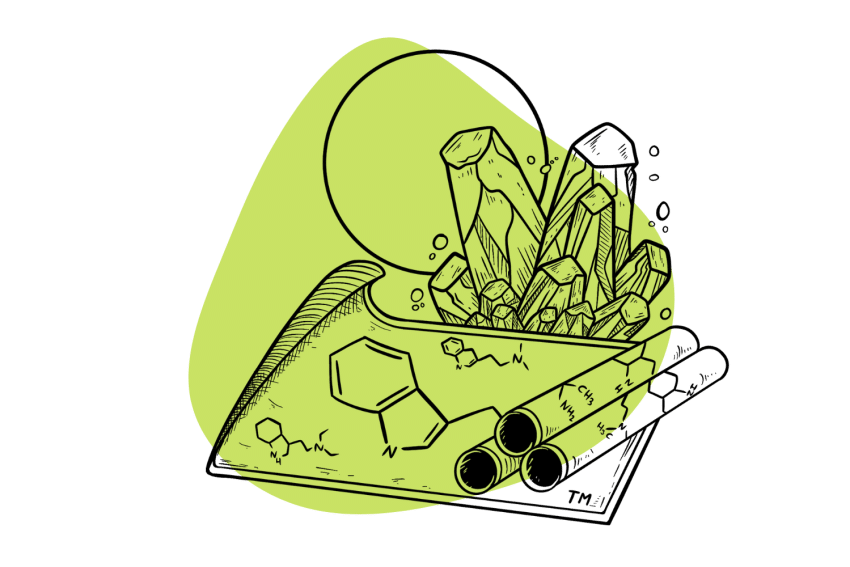Mexican Albino: A Forgotten Strain of Psilocybe cubensis
The Mexican Albino strain has all the traits of a well-rounded Psilocybe cubensis strain. However, it’s more or less disappeared from the spore market…
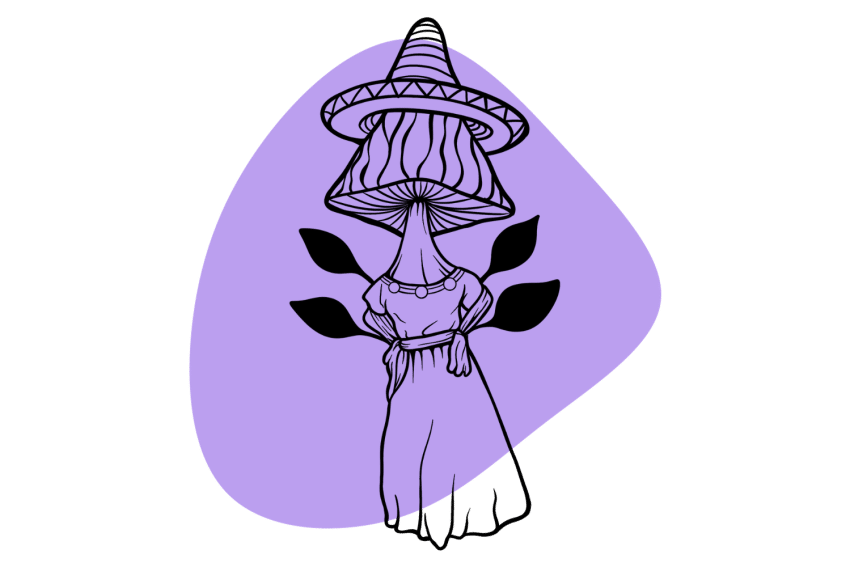
The Mexican Albino strain was originally collected by the legendary mycologist John “Mushroom” Allen from somewhere in Mexico. This strain isn’t a true albino — it was likely named this as some sort of marketing gimmick. However, some people suggest that the strain is more prone to producing albino mutations.
The mushrooms of the Mexican Albino strain are mostly golden brown in color with a white ring around the cap’s rim. They’re medium-sized and decent yields are possible through several dense flushes. Potency-wise, the Mexican Albino strain is considered “average” — producing tryptamine levels in the 0.50% to 0.90% range.
This strain is said to be quick to colonize and fast to fruit. Like most Mexican varieties, the Mexican Albino strain is highly resistant to contamination and can grow in an unoptimized environment.
Although growing this strain may not be too challenging, the same can’t be said about sourcing spore samples. This strain has completely disappeared from the major online spore vendors…
In this article, we’ll be looking at:
- The History of the Mexican Albino strain
- The Mexican Albino strain’s potency
- The potential relatives of the Mexican Albino strain
- Where to source Mexican Albino spore samples from
- How to grow Mexican Albino mushrooms
- Some other albino and leucistic strains of Psilocybe cubensis
I’ll also be answering some frequently asked questions about albino strains of Psilocybe cubensis.
Mexican Albino Strain Specs:
| Potency | Average |
| Cultivation | Beginner |
| Species | Psilocybe cubensis |
| Substrate Recommendation | Rye Grain or BRF (Brown Rice Flour) |
| Sold By | Ralphsters Spores (Discontinued) |
History of The Mexican Albino Strain
The history of the Mexican Albino — like many Psilocybe cubensis strains — is blurry. There are hundreds of different Psilocybe cubensis strains — many of them albino. However, strangely the Mexican Albino strain doesn’t show albino or even leucistic traits… So how did this strain get its name?
This strain was originally collected by the mycologist John “Mushroom” Allen sometime during the late 1990s when he was traveling in Mexico. The strain then appeared on Ralphsters Spores in December 2004.
The Shroomery user “Ralphster44” (the owner of Ralphsters Spores) marketed the Mexican Albino on the forum, saying, “We are very happy with this new strain and want it to circulate rapidly.” For a limited time, free Mexican Albino spores were sent with any order of “4 strains for $40.”
Photos of the strain were also posted on the forum, and many people were confused, saying things like, “I expected something named Albino to be white in coloration.”
In response to this, Ralphsters Spores explained that although the strain isn’t technically “an albino,” it has strong albino traits — meaning albino mutations are prominent through the cultivation of the strain.
Whether this is a marketing gimmick is for you to decide.
It seems that the confusion with the naming of the Mexican Albino strain turned people off of it. The strain disappeared from Ralphsters Spores some years after it was released. It’s a shame that this strain is so difficult to find now because it has all the traits of a decent (pigmented) Psilocybe cubensis strain.
Perhaps, if Mexican Albino was named differently, it would be more popular today.
Mexican Albino Strain Potency & Psilocybin Content
The Mexican Albino strain has average potency — producing tryptamine levels (psilocybin, psilocin, baeocystin, and other related compounds) in the 0.50% to 0.90% range.
This strain is yet to make it into an Oakland Hyphae Psilocybin Cup, and due to the rarity of the strain, there’s little data on the exact levels of psychedelic tryptamines produced by the shrooms. However, by comparing the effects to other shrooms, we estimate that the typical Mexican Albino specimen produces average psilocybin levels of around 0.60%.
Where to Buy Mexican Albino Strain Spores
Mexican Albino strain spores are incredibly difficult to source. This strain has more or less disappeared from the market completely — making it difficult for the average person to find spore samples. However, if you’re determined, you may be able to find them somewhere.
The strain first appeared for sale at Ralphsters Spores in 2000, but it has since disappeared from their product listings. If you’re determined to find Mexican Albino spore samples, I recommend contacting Ralphsters Spores or enquiring on a mushroom forum or local mycological group.
Some other great spore vendors (none carry Mexican Albino):
- If you live in the United States — Spores 101, Miracle Farms, High Desert Spores
- If you live in Canada — Spores 101, Sporeslab, Planet Spores
- If you live in Europe — The Magic Mushrooms Shop (🇪🇺), Shiny Spores (🇬🇧)
→ View all spore vendors & grow kit suppliers
Potential Mexican Albino Strain Relatives
The exact origins of this strain have become lost. We know it was collected by John Allen and originally sold through Ralphsters Spores. Apart from this, the exact location, date, and habitat the first samples were collected from are unknown.
It’s impossible to say what close relatives the Mexican Albino strain has. However, it’s likely related to a few other Mexican strains of Psilocybe cubensis. Several Mexican strains share similarities in growth characteristics, appearance, and tryptamine content.
Here are a few of the Mexican Albino strain’s potential genetic relatives:
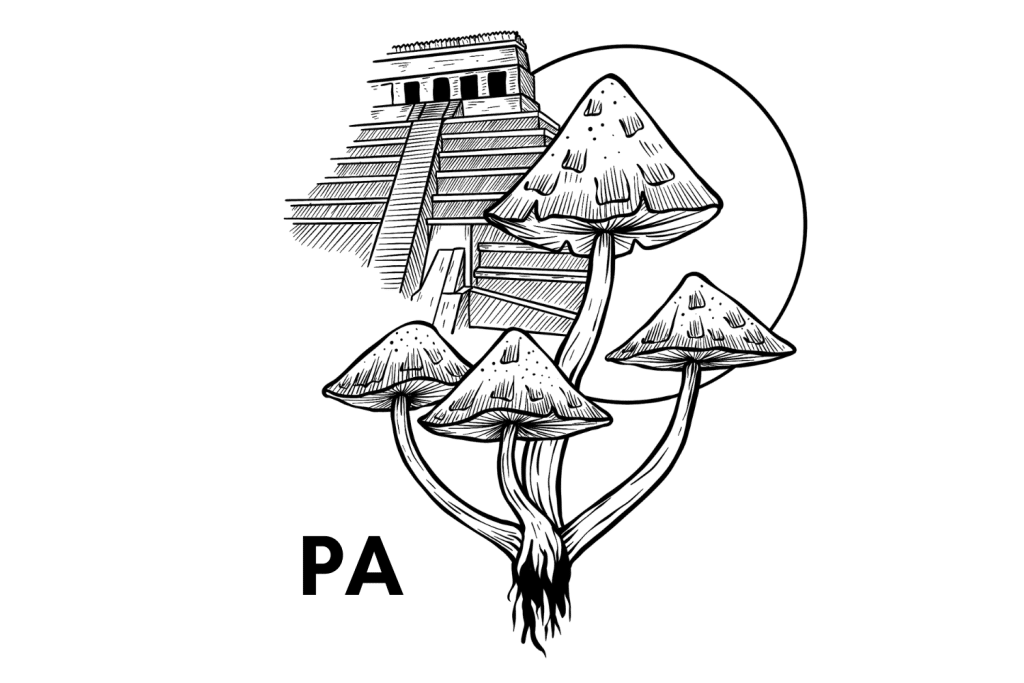
1. The Palenque Mexico Strain
The Palenque Mexico strain is noted for producing tall, thin, caramel-colored mushrooms. This strain was discovered growing near the town of Palenque in southern Mexico.
It looks relatively similar to the Mexican Albino strain and produces tryptamine levels that are more or less identical. It’s a little more difficult to cultivate than other Mexican strains, but those willing to take on the challenge will be greatly rewarded.
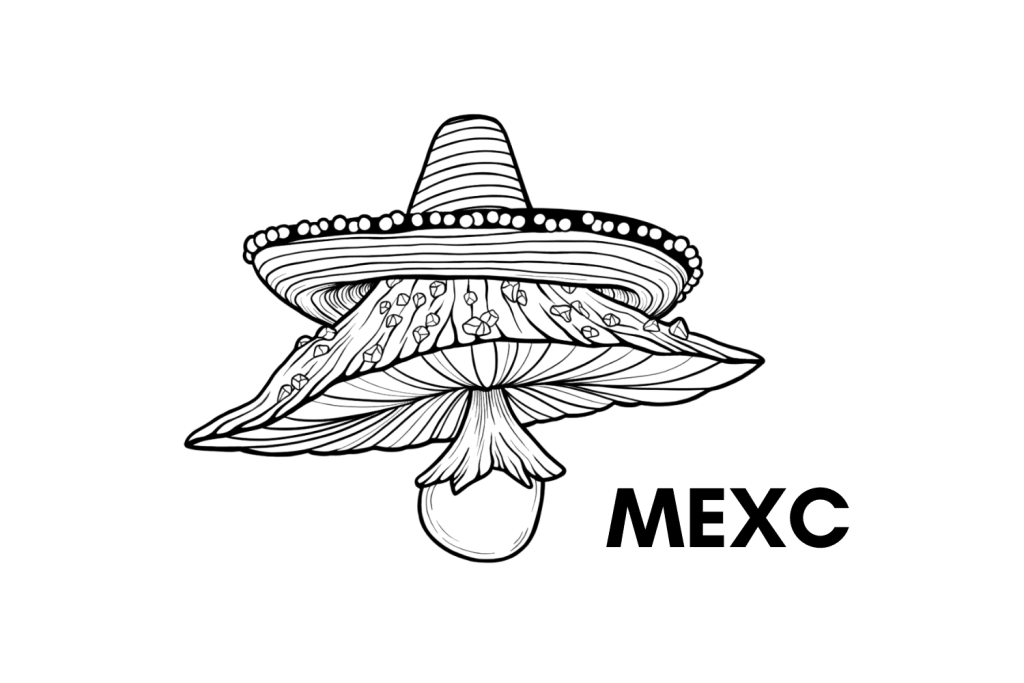
2. The Mexicube Strain
The Mexicube strain originates from somewhere in the Oaxaca region of southern Mexico. It’s famous for producing remarkably dense flushes of small to medium-sized mushrooms.
Potency is slightly lower than the Mexican Albino strain, but the growth characteristics and visual traits are similar.
This is an easy strain to grow and is approachable by the complete beginner.
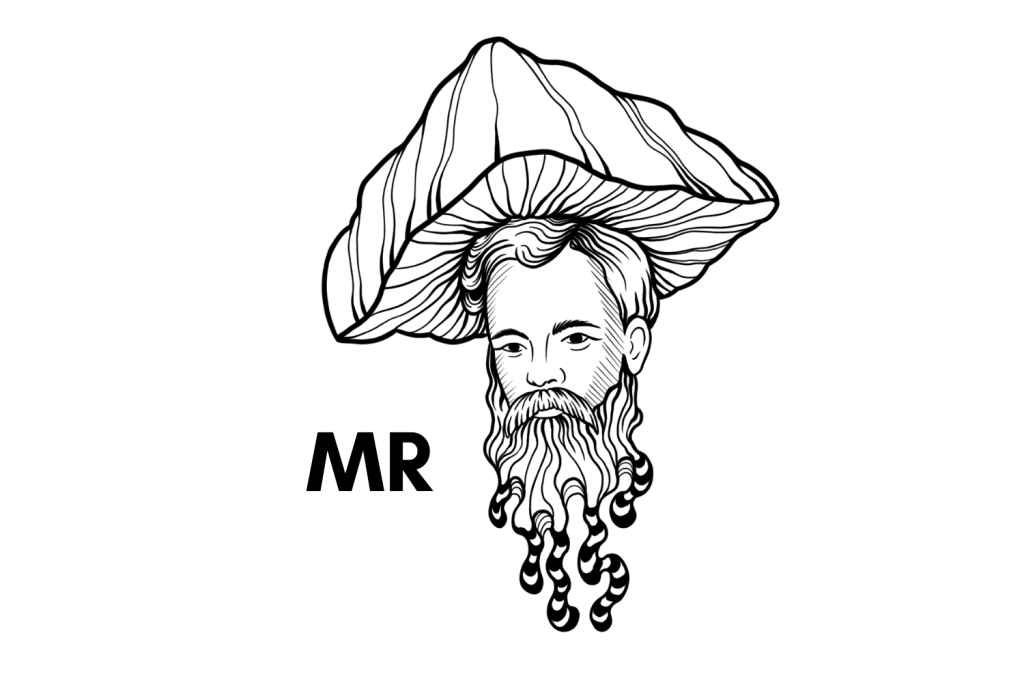
3. The Matias Romero Strain
The Matias Romero strain is named after its place of origin — the town of Matias Romero in the Oaxaca region of southern Mexico.
This strain produces large caps with thick, watery stems that shrink a lot through drying. Matias Romero shrooms are similar in potency and appearance (although slightly larger) to the Mexican Albino strain.
This strain is contamination resistant and can cope with an unoptimized growing environment, making it a great choice for beginner cultivators.
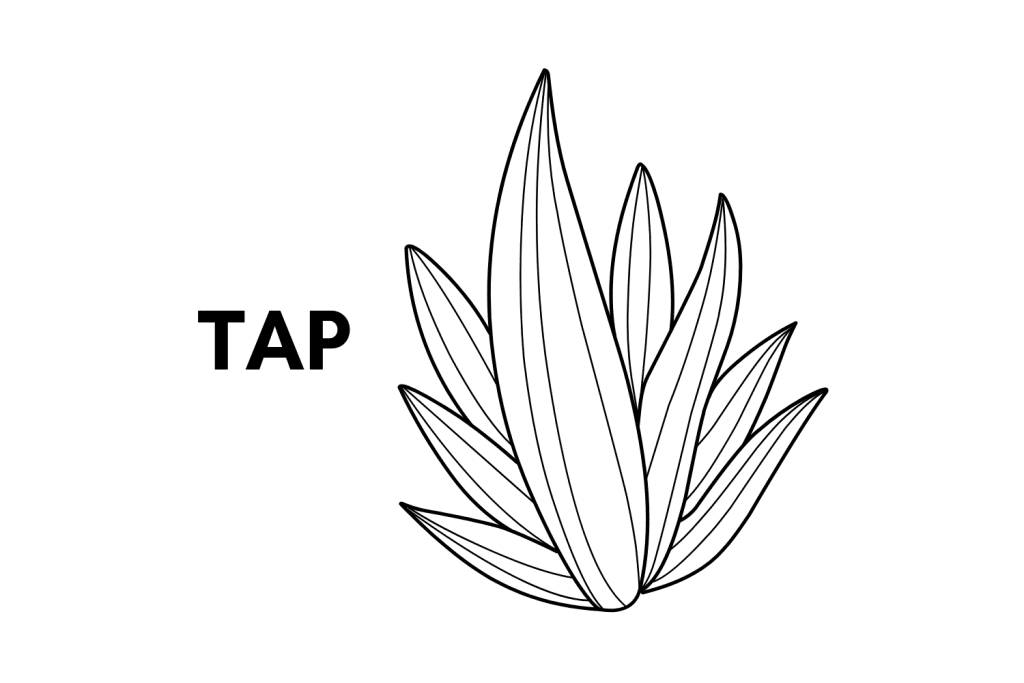
4. The Tapalpa Strain
The Tapalpa strain was discovered in the Jalisco region of Mexico, close to the town of Tapalpa. This is a classic Mexican strain that’s been around for decades. It shares several similarities with the Mexican Albino strain with similar potency, looks, and disease resistance.
Tapalpa is a fast grower — producing mushrooms in as little as two weeks after inoculation. This strain is great for beginners, experienced cultivators, and commercial growers.
How to Grow Mexican Albino Mushrooms
Out of the many species of psilocybin mushrooms, Psilocybe cubensis is the easiest to cultivate in an artificial environment. However, some strains are easier to grow than others.
If you manage to find Mexican Albino mushroom spores, they’re relatively easy to cultivate. The strain is resistant to contamination and can grow in an unoptimized environment. That being said, if you’re a complete beginner, I’d recommend a strain such as Golden Teacher or the Koh Samui strain to start with.
The Mexican Albino strain can be grown like other edible, gourmet, and Psilocybe mushrooms.
The easiest way to grow this strain is by using a technique known as PF-Tek. This cultivation method utilizes a few simple pieces of equipment that can be purchased from general stores. Obtaining the equipment is relatively cost-effective and easy — regardless of where you live in the world.
Here’s a quick rundown of the PF-Tek cultivation method:
1. Preparing the Substrate
First, a growing medium must be prepared — this will support the mycelium that’ll eventually produce the mushrooms. A selection of jars should be filled with a substrate of your choice. Rye grain or BRF (a mixture of brown rice flour and vermiculite) are good options.
Once the jars are filled close to the brim with the substrate, they need to be sterilized with the use of a pressure cooker. The jars should be loosely sealed and placed in the pressure cooker for 30 minutes. Then, leave to cool in the cooker for two to three hours before the next step.
2. Inoculating the Substrate
Now the substrate-filled jars are ready, they need to be inoculated with Mexican Albino spores. During this step, everything, including the environment around you, needs to be kept as sterile as possible. With a sterile spore-filled syringe, 2 CCs of liquid are injected into the substrate in each jar before being sealed with lids and a layer of aluminum foil.
3. Incubation
The jars are ready for incubation. They should be left in a simple incubator at temperatures between 20 to 28 ºC (68 to 82 ºF). After a couple of weeks, the substrate inside the jars should be completely white with mycelium. They’re then ready for the next step.
4. Fruiting the Mycelium
The mycelium cakes inside the jars can now be removed and placed carefully inside a fruiting chamber (this is easy to make from a plastic container and a few other simple pieces of equipment). The temperature inside the chamber should be kept between 10 to 20 ºC (50 to 68 ºF), and the humidity should be kept relatively high — this can be achieved with a mist spray bottle.
After a couple of days, you’ll start to see the first small mushrooms. These will mature over the coming weeks and will be ready for harvest. The mycelium cakes will continue to fruit in flushes over several weeks until they eventually succumb to mold and stop producing.
5. Drying and Storage
To ensure the mushrooms last as long as possible, I recommend drying them as you harvest. They can be air dried in a dimly lit area with good ventilation until “cracker dry” — snapping with an audible crack.
The mushrooms can then be stored in mason jars with the addition of a pack of silica gel — this will ensure the longevity of the mushrooms.
This was just a brief look at how to grow Mexican Albino mushrooms. If you want to learn how to cultivate P.cubensis shrooms, check out our in-depth guide: How to Grow Magic Mushrooms: The Easy Way.
Don’t feel ready to cultivate mushrooms from spores yet? — There’s an easier option.
Magic mushroom grow kits contain live mycelium that’s ready to fruit. This eliminates all the hassle associated with cultivating shrooms from spores and skips straight to the exciting parts — fruiting, harvesting, and drying.
Read more about Magic Mushroom Grow Kits
Other Albino Psilocybe cubensis Strains
The Mexican Albino mushroom strain is notoriously difficult to find both spores and grow kits — but it’s not the only albino mushroom worth trying out.
Here are some of our favorite, easy-to-grow albino mushroom strains to check out instead:
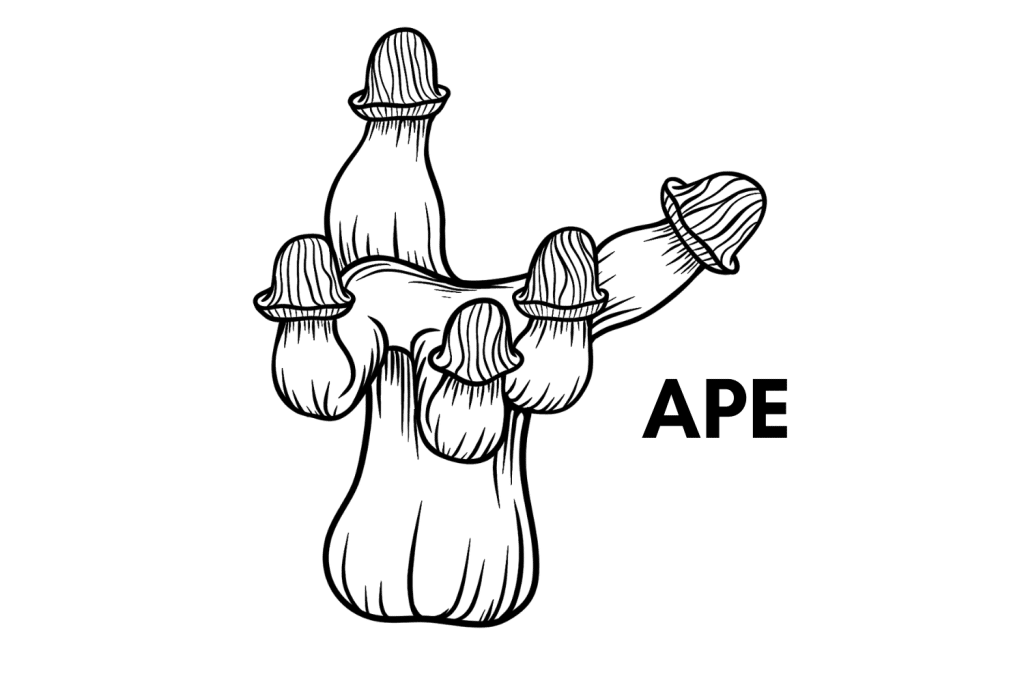
1. Albino Penis Envy
Albino Penis Envy is a non-pigmented variant of the original Penis Envy strain. This strain carries the same phallic shape and unrivaled potency as the original, but the fruits are completely white.
Albino Penis Envy mushrooms can be a challenge to cultivate and should be approached by cultivators with a bit of experience.
Prone to aborts and not as productive as the original strain, Albino Penis Envy isn’t one for the commercial grower or home cultivator that wants to produce a large amount of shrooms. However, with psilocybin levels as high as 1.73% and total tryptamine levels in the range of 1.50% and 3.00%, this albino is worth the effort.
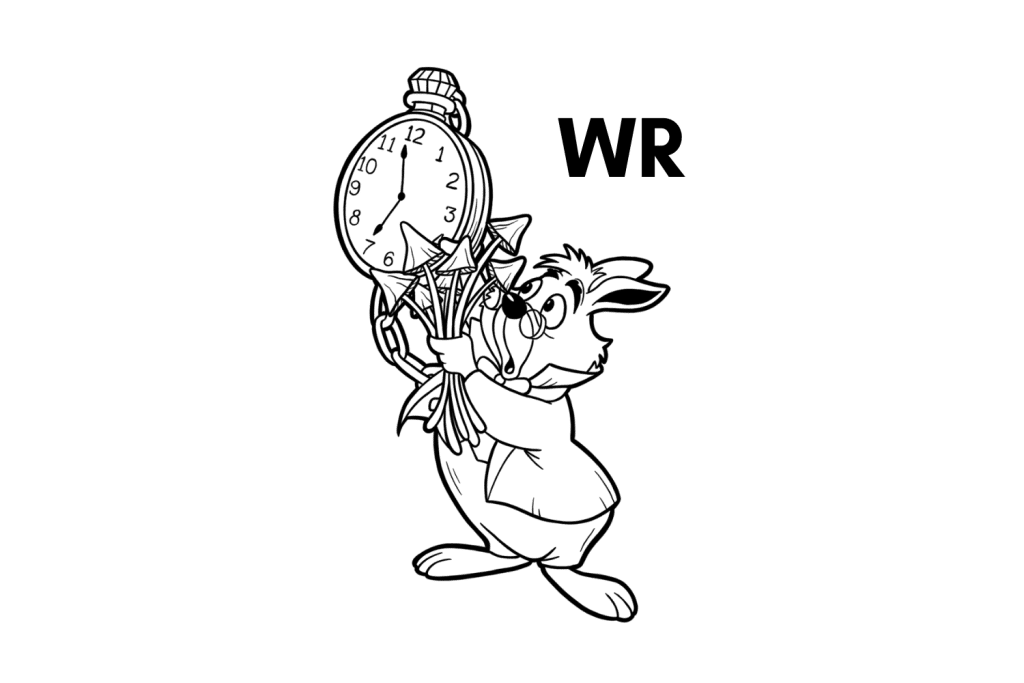
2. White Rabbit
White Rabbit is a strain of Psilocybe cubensis that’s up and coming. Many believe that this strain could overtake the Tidal Wave strain in terms of potency.
Not only is White Rabbit potent for an albino, but it’s also potent for a P.cubensis shroom in general. Exact data on its tryptamine content is not yet available. However, these mushrooms are estimated to produce between 1.50% and 3.00% total tryptamines — that’s very potent!
White Rabbit is a cross between the Albino Penis Envy and Moby Dick strains. These two cubes are renowned for their potency and incredible looks. White Rabbit mushrooms retain Penis Envy’s thick stems but have larger, flatter caps like Moby Dick.
This strain is surprisingly easy to cultivate for an albino, and it can be realistically targeted by the beginner.
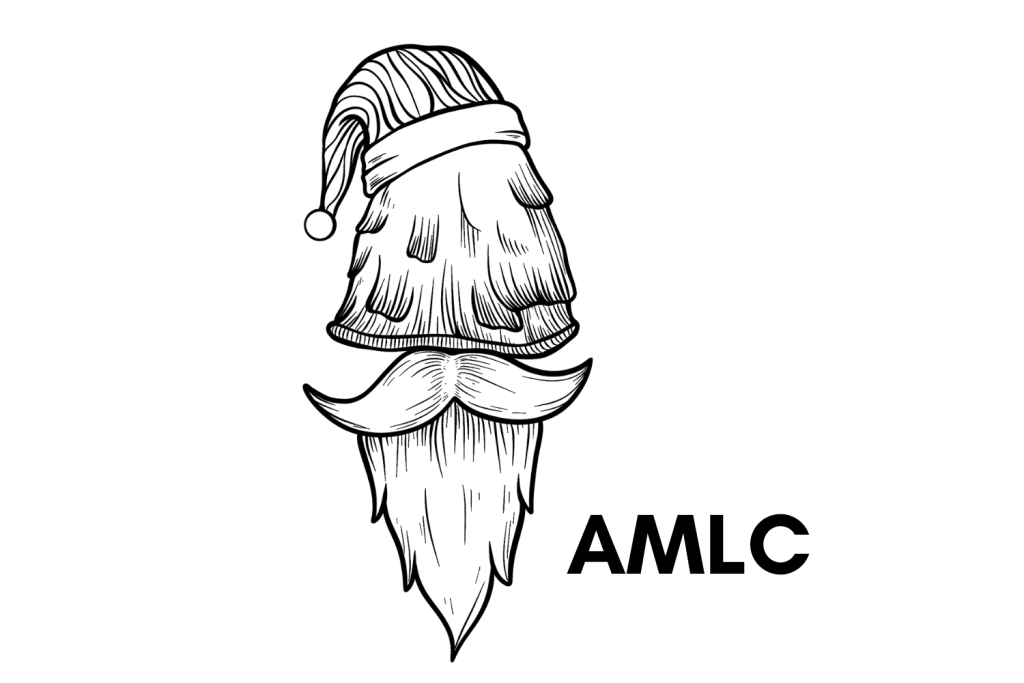
3. Albino Melmac
Albino Melmac is a pure white variant of the original Melmac Strain. It isn’t strictly an albino, but it does produce mostly white fruits — unlike the Albino Mexico strain. This leucistic strain is a popular choice for beginner cultivators that want to produce white mushrooms.
It’s not a particularly potent strain, but with one sample entered into the Psilocybin Cup producing a total tryptamine level of 1.39%, it’s definitely stronger than your average cube.
This is one of the easiest “white strains” to grow.
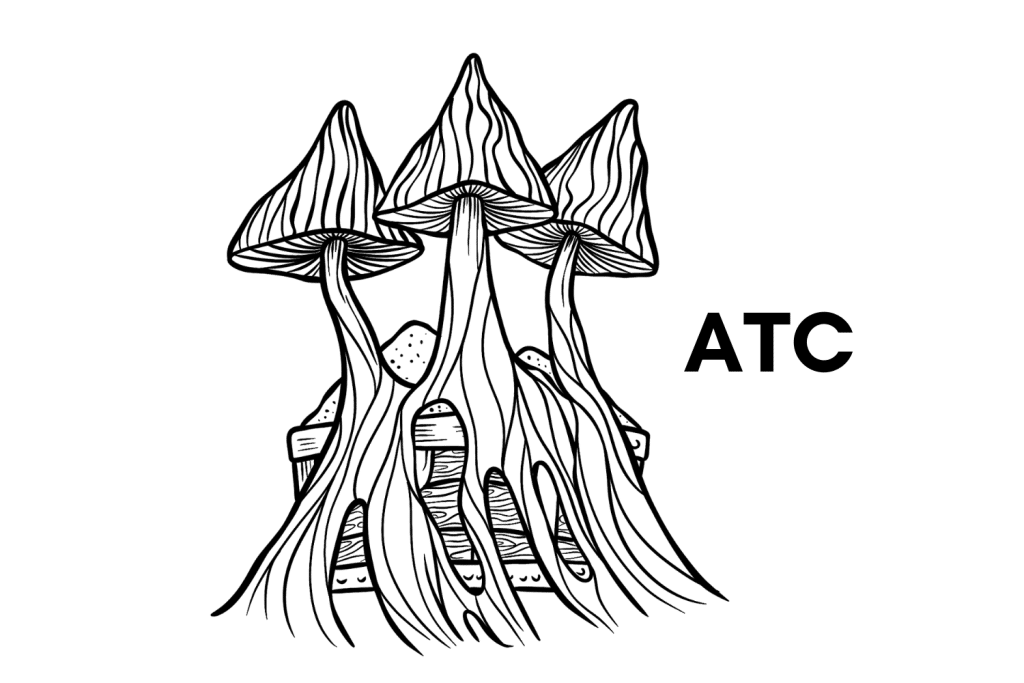
4. Albino Treasure Coast
Albino Treasure Coast is a non-pigmented variant of the original Treasure Coast strain.
This albino mutation produces average potency and can be challenging to grow. But those that can overlook the potency and take on the cultivation challenge will be rewarded with beautiful dense flushes of pure white psilocybin mushrooms.
Spores can be difficult to come by, with the vendor SporesLab the only place that’s stocking the genetics.
Frequently Asked Questions About Albino Psilocybe cubensis Strains
1. How Are Albino Psilocybe cubensis Strains Created?
Albino Psilocybe cubensis strains rarely occur naturally in the wild. They’re created through selective breeding and genetic manipulation techniques by cultivators and researchers who are interested in cultivating unique variations of the species.
True albino Psilocybe cubensis strains are created by isolating an albino mutation of a pigmented strain. Spore samples are collected from the mutation, isolated in agar, cultivated, and domesticated to create a stable strain that consistently produces albino fruits.
There are six steps to creating an albino strain:
- Spore Isolation — Cultivators begin by obtaining a sample with the desired mutation. Spores from this mutation are then collected.
- Spore Germination — The collected spores are then cultivated in agar, where they can germinate and produce mycelium.
- Isolation of Albino Traits — Individual mycelial cultures are removed from the germinated spores and grown separately. The cultures that show the desired albino traits are then selected for further breeding.
- Breeding/Further Cultivation — The selected albino cultivars are paired or crossed with other compatible strains that also show albino traits. This process introduces genetic diversity and improves the stability of the future strain.
- Selection and Propagation — The resulting offspring from the breeding process are once again evaluated. Those exhibiting the most albino traits are then isolated and propagated further — sometimes over several generations to stabilize the albino phenotype.
- Final Spore Collection — Once the cultivator is happy with the albino strain, the spores are collected and distributed. These can now be grown by other cultivators to produce completely white fruits.
2. What’s the Most Potent Albino Psilocybe cubensis Strain?
The most potent albino strain of Psilocybe cubensis is Albino Penis Envy. This strain — like its mother strain, Penis Envy — is on another plane in terms of potency. Albino Penis Envy mushrooms are around three times as potent as your typical Psilocybe cubensis mushroom, such as Golden Teacher.
Albino Penis Envy mushrooms produce an average total tryptamine content of up to 2.50%.
Another albino variant that’s said to be extremely strong is the White Rabbit strain. White Rabbit is a cross between the Albino Penis Envy and Moby Dick strains — two strains that are renowned for their ghostly appearance and otherworldly potency.
White Rabbit mushrooms are capable of producing over 2.00% total tryptamines.
3. What’s the Easiest Albino Psilocybe cubensis Strain to Cultivate?
True albino strains are notoriously difficult to grow — at least compared to ordinary Psilocybe cubensis mushrooms.
The easiest true albino strain to cultivate is the Yeti strain. Its fast colonization speed and contamination resistance make it an approachable strain for beginners. It’s also quite potent — producing average psilocybin levels of 0.88% and total tryptamine levels of around 1.14%.
The easiest low-pigmented strain to grow is Albino Melmac. This leucistic strain is fast to colonize, resistant to contamination, and capable of producing dense clusters of ghostly-white shrooms.
4. What’s the Difference Between Albino and Leucistic P.cubensis Strains?
There are dozens of white Psilocybe cubensis strains out there. However, not all of them are true albinos. Some strains are considered “leucistic” and not “true albinos.”
So, what’s the difference?
Albino strains produce completely colorless mushrooms from stem to cap. The spores also produce no pigment — showing up as translucent or white under a microscope.
Leucistic strains produce colorless mushrooms that can occasionally pigment — producing hues of gold or brown in the caps or stems. Even if the fruits are completely white, the spores of a leucistic strain contain pigment. A leucistic spore print is often purplish black in color.


